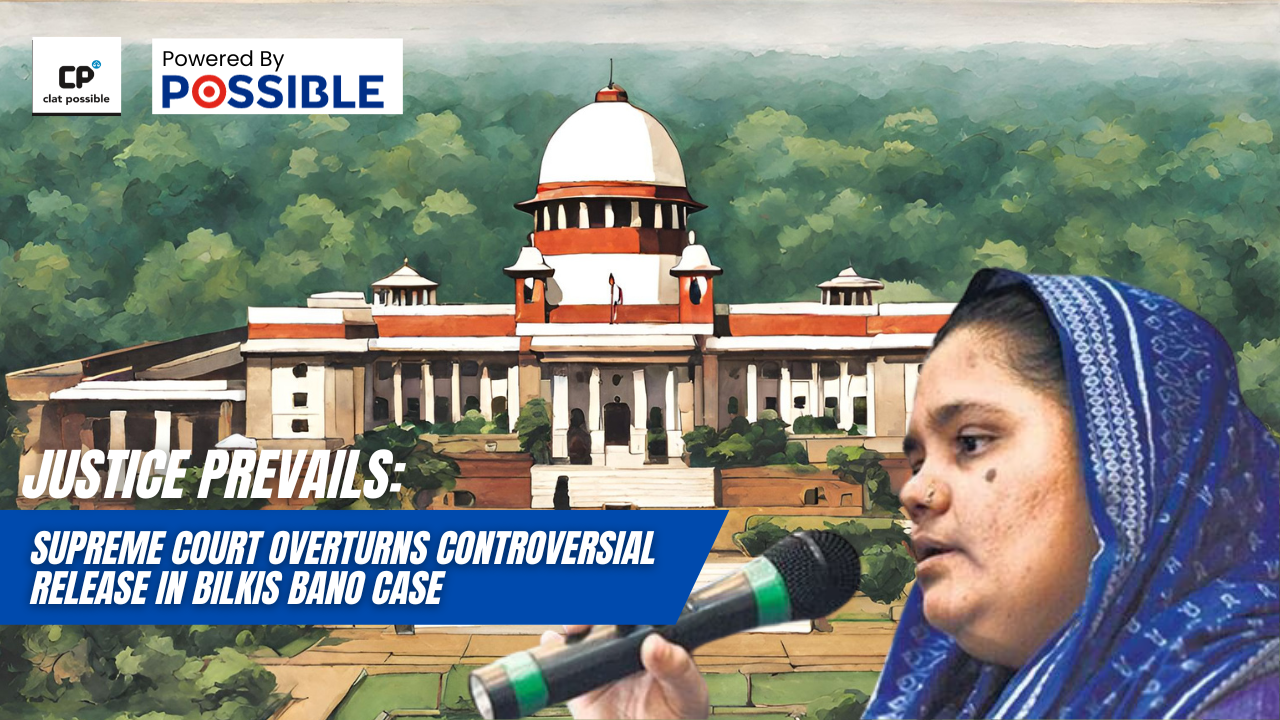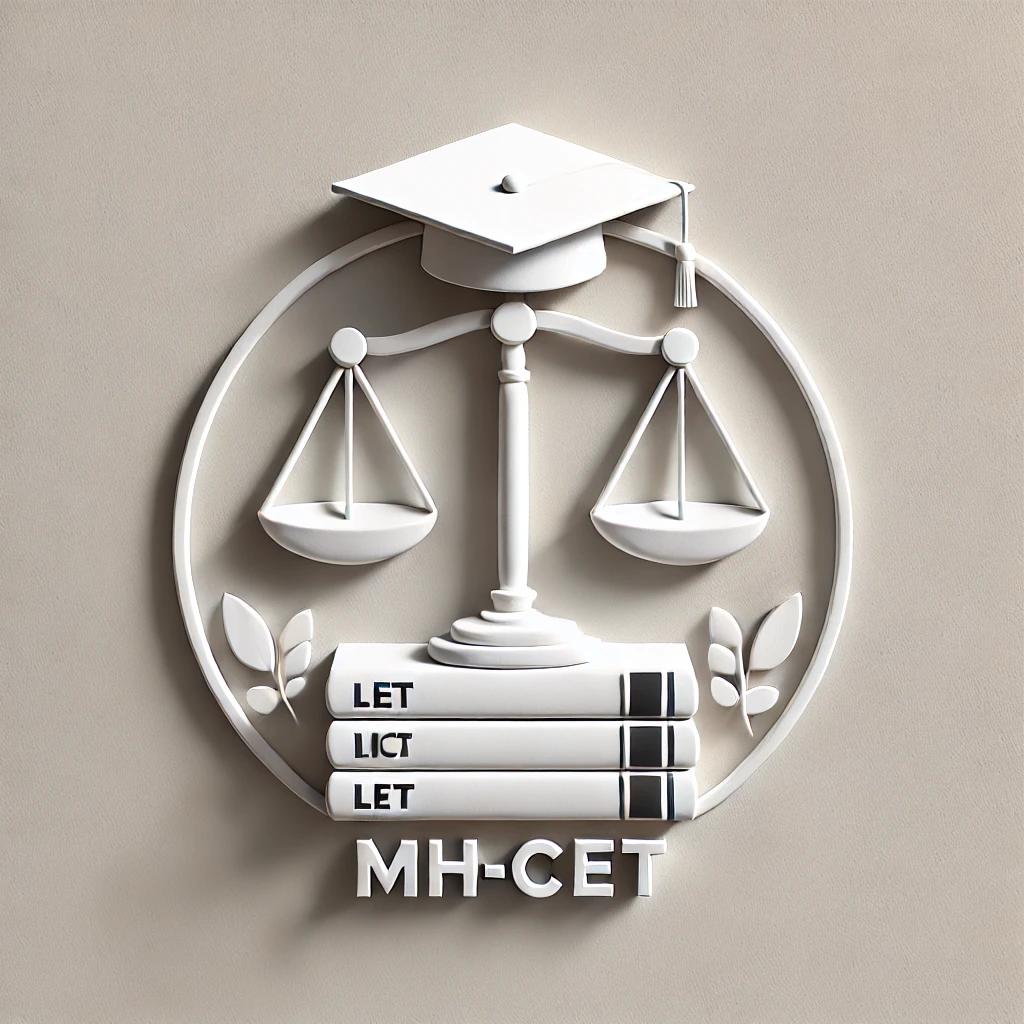By I Jan 11, 2024

As India celebrated 75 years of independence on August 15, 2022, a significant legal event occurred that reignited discussions on justice, human rights, and the rule of law. The Bilkis Bano case, a haunting reminder of the 2002 Gujarat riots, returned to the spotlight with the release of 11 men previously convicted of her gang rape and the murder of her family members. This blog aims to provide CLAT coaching students at Clat Possible with a comprehensive understanding of the case, tracing its legal journey and implications.
Background of the Case
The Bilkis Bano case is rooted in the violent aftermath of the Godhra train burning incident in February 2002, which claimed the lives of 59 people. Amidst the ensuing riots, Bilkis Bano, then five months pregnant, sought refuge with her family but fell victim to a brutal attack.
Key Individuals Involved
The accused in this case included Radheshyam Shah, Jaswant Chaturbhai Nai, and nine others. Their conviction and subsequent release became a focal point of the case, raising questions about justice and legal processes.
Timeline and Legal Proceedings
March 3, 2002: The attack on Bilkis Bano and her family occurred, leading to the tragic loss of seven family members and her gang rape.
2002-2003: Bilkis faced significant hurdles in registering her case with the local police, who dismissed her complaints and threatened legal action against her. She turned to the NHRC and the Supreme Court for justice.
2004-2008: The CBI took over the investigation, and the trial was moved from Ahmedabad to Bombay. In 2008, the trial court convicted 12 individuals (with 11 receiving life sentences).
2011-2017: The case saw appeals in the Bombay High Court, which upheld the life sentences in 2017.
2022: The controversial release of the 11 convicts on August 15, 2022, under the Gujarat government's remission policy, sparked widespread public outcry and legal debates.
2023-2024: The Supreme Court played a crucial role, eventually cancelling the High Court order that allowed the early release of the convicts in January 2024.
Legal Analysis and Insights
This case offers rich insights for CLAT aspirants:
Judicial Procedures and Barriers: The initial rejections and threats faced by Bilkis Bano underscore the challenges in accessing justice, highlighting the importance of legal aid and advocacy.
Role of Apex Courts: The Supreme Court's involvement in transferring the case and revisiting the release of the convicts demonstrates the critical role of higher courts in safeguarding justice.
Human Rights Interventions: The NHRC's support for Bilkis Bano emphasizes the significance of human rights bodies in legal processes, an important aspect for law students.
Implications of Sentence Remission: The case brings to light the complexities surrounding sentence remission policies, especially in cases involving heinous crimes.
Ethical Considerations and Public Sentiment: The public response to the case reflects the interaction between legal ethics, public sentiment, and judicial decision-making. Check out our detailed video on the same!
Concluding Reflections
The Bilkis Bano case serves as a profound example for law students, especially those preparing for the CLAT. It illustrates the intricacies of the Indian legal system, the perseverance required to seek justice, and the continuous evolution of legal processes in response to public outcry and ethical considerations. For aspiring lawyers at Clat Possible, understanding such landmark cases is crucial for developing a nuanced perspective on the law and its role in society. This case not only teaches legal principles but also imparts lessons on empathy, resilience, and the pursuit of justice against all odds.
For more informative blogs, Click Here!



